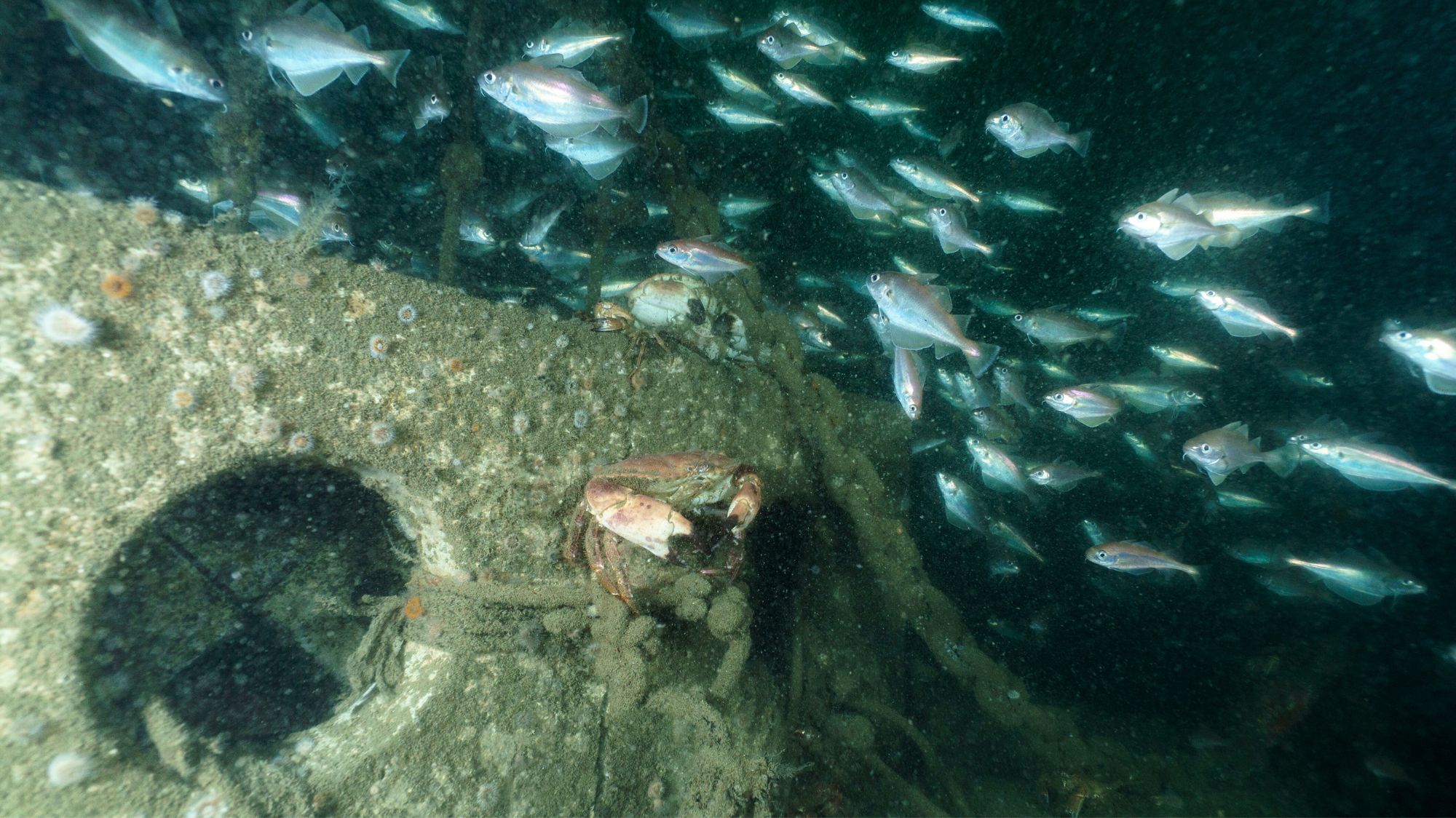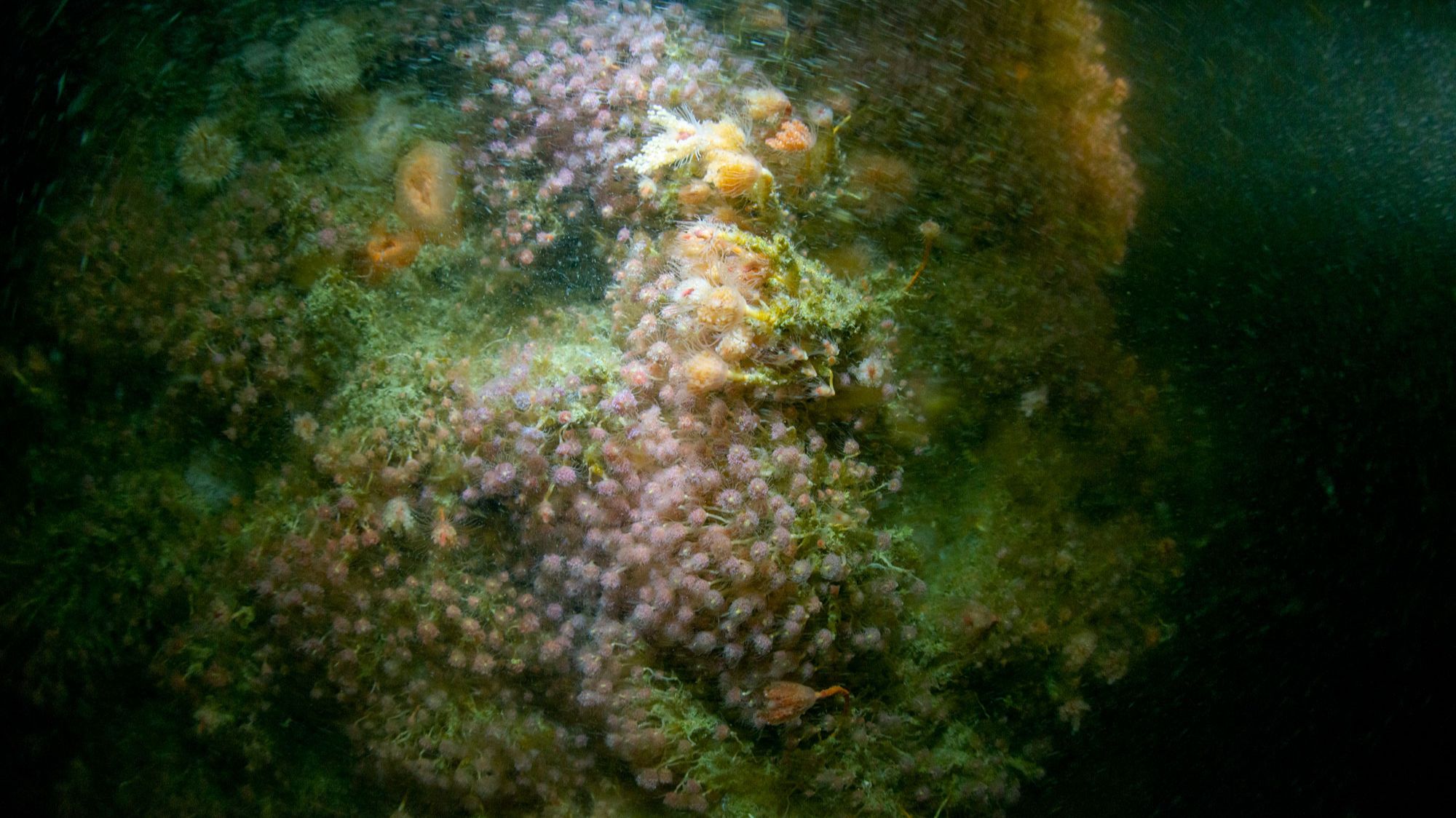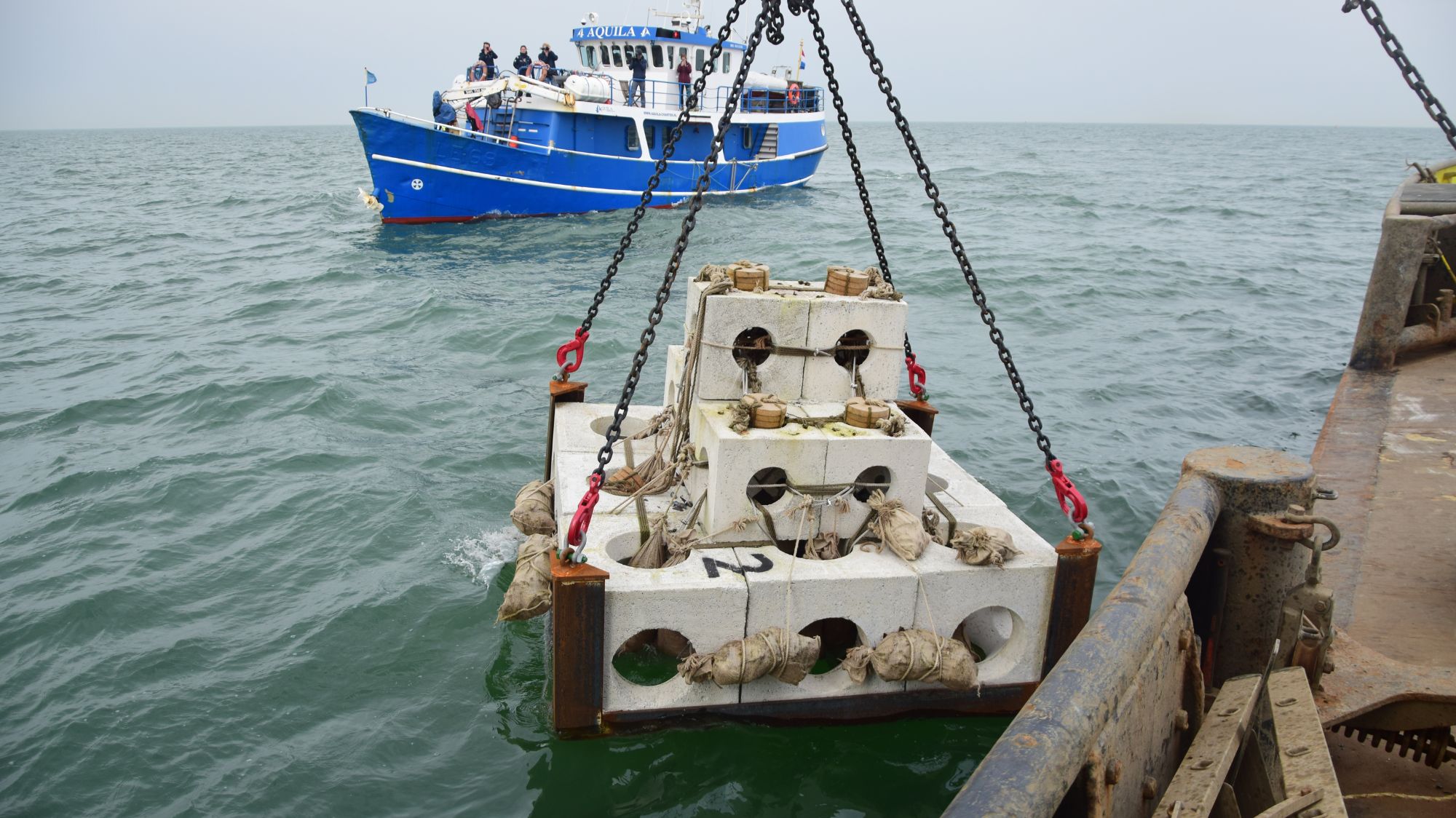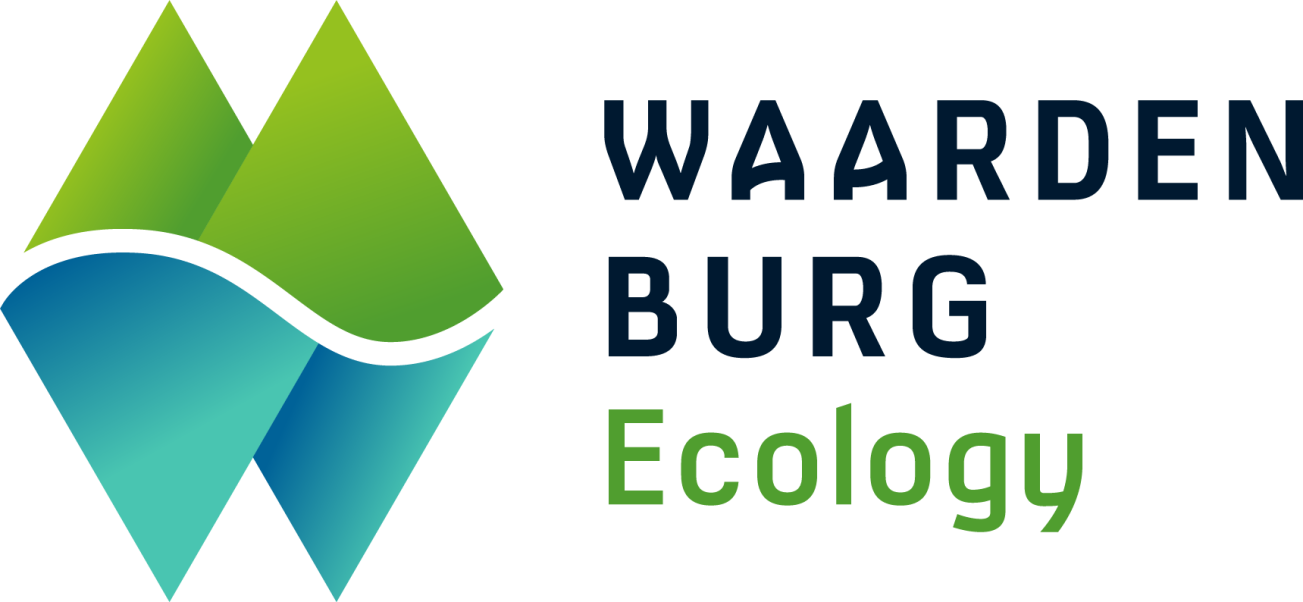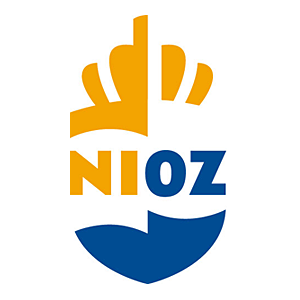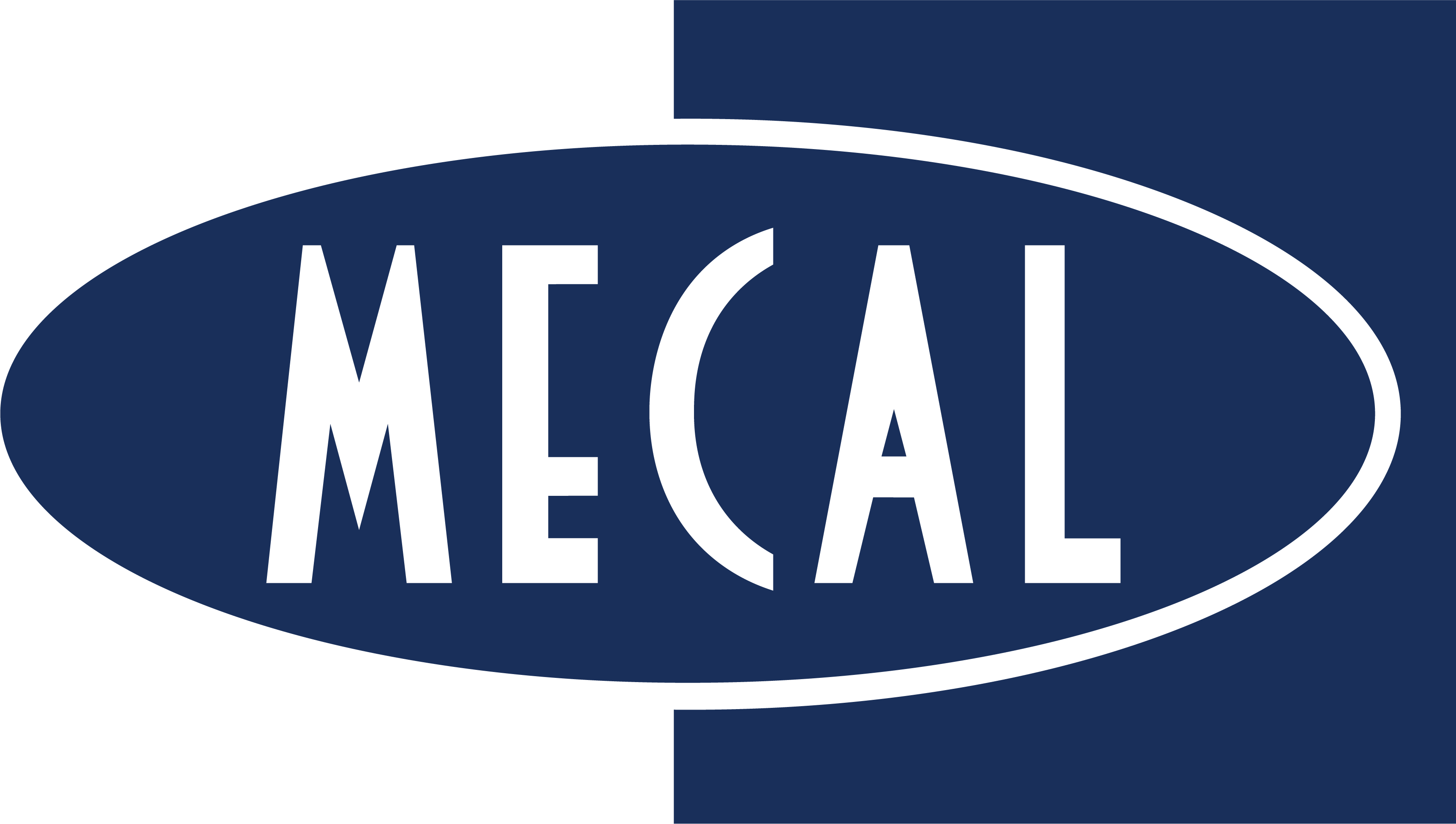The primary objective at the Offshore Test Site is to test various artificial reef structures in innovative ways. With cutting-edge monitoring techniques, the reef structures are evaluated by their technical effectiveness and ecological impact. The Offshore Test Site is a playground for research – a space of one hectare rented out from the North Sea Farmers. In offshore wind farms (OWFs) there are strict rules, regulations, and high costs to conduct projects. The Offshore Test Site has less restrictions and is also closer to shore than most OWFs, making it easier (and more economical) to travel back and forth, study NIDs in the water and monitor with divers.
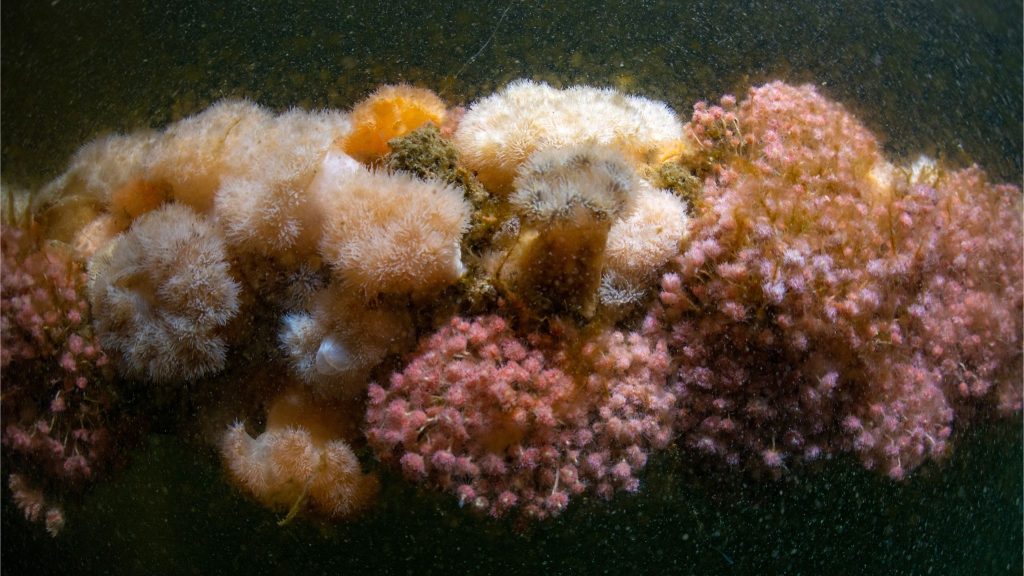
Methods
The following structures have been placed in the Offshore test site:
- ARC Marine Reef Cubes (concrete cubes with holes, with rope or metal details and basalt bags with scallop shells).
- WERC-Dock (Waardenburg Ecology), with baskets filled with limestone, Blue Mussel shells, Japanese oyster shells and Mediterranean scallop shells.
- A metal cage with wood from pear trees on top (NIOZ). Monitoring shows biodiversity settlement on and around all structures.
- Mecal Nodes, a scour protection solution that enhances biodiversity in subsea ecosystems.
Some of the NID products are used with natural materials such as rocks or shells. These materials are however not used on their own. Yearly monitoring missions have been conducted, including methods such as water sampling for eDNA analysis, diving for video footage and sampling, and the use of ROVs or AUVs for both video monitoring and locating structures on the seafloor. The structures will be decommissioned by 2028, by placing a rope around them and pulling them up above water.
Results
The test site in the North Sea is very dynamic, and in a storm, structures can be lost, displaced, or hidden under sand. With the exception of the oyster cage with pear wood, all structures proved stable and retraceable. The oyster cage with pear wood structure had seemingly disappeared but was eventually recovered. All structures show marine growth and a reef effect where typical species such as pout are attracted to the structures. Many practical lessons were learned during the installation and monitoring of the structures on placement, use of materials and monitoring methods. Overall, the project was very straightforward with a dedicated area, and much easier to manage compared to other project as it was possible to monitor with divers and site visits did not require cross-coordination.
Tips and tricks
There is room for more pilot projects, and future plans to continue testing! If you have a new product to be tested, please contact the Rich North Sea. This project will enable new monitoring techniques to be tested, and the team is working to extend the rent until 2028.
The North Sea Farmers have all applicable permits for use of the plot.
Permits are required to place live species in structures and may be obtained for this project in future tests when or if live species are used.
Project plans, safety measures, and decommissioning plans are required to obtain this type of permit.
Monitoring matters
Go underwater on a monitoring mission, where the team shows the structures that were placed at the Offshore Test Site. You’ll get a first look at the structures after placement, learn more about the research involved, and understand the different types of monitoring used in this project.
A visit to the reef cubes
This footage was taken by one of the divers during Mission 1 and gives a close-up look at one of the placed Reef Cube structures. It shows species like Trisopterus luscus (bib or pouting), Cancer pagurus (North Sea crab), Sagartia troglodytes (sea anemone known as mud sagartia), Asterias rubens (common starfish) and Necora puber (velvet crab).
Installing the structures
Watch this video to find out how the structures in the Offshore Test Site were installed, and how an underwater dropcam was tested for this project.
Products used on this project
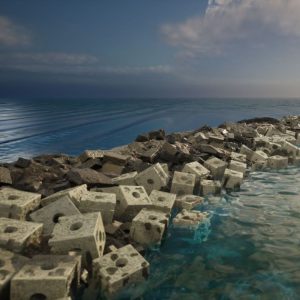
Reef Cubes
ARC MarineReef Cubes® are scalable, stackable cubic structures featuring a spherical central chamber and six passageways to enhance reef building and marine biodiversity. The cubes are made of concrete and can be adjusted to user needs.
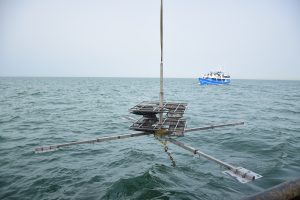
WERC dock
The WERC dock is a robust device which holds oyster baskets on three layers over a fixed pole. Stabilized by four widespread arms, it is easily deployable and retrievable from the seafloor using ROV. This structure supports flat oyster restoration pilots aiming to initiate self-sustaining population recovery.
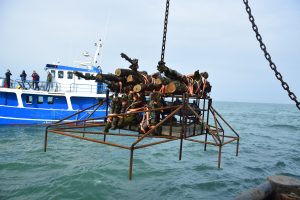
Oyster cage with pear wood
An experimental design of an old oyster cage with pear tree wood on top. The wood provides habitat structure and is biodegradable.
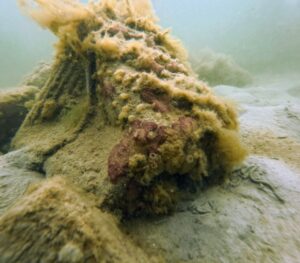
Mecal Nodes
MecalMecal Nodes are functional scour protection modules that enhance offshore biodiversity. Partly replacing the upper armour layer, the shape and material of the Nodes shelter species like cod and lobster, promote habitation and reef growth, and offer the possibility to actively reintroduce native flat oysters.
Let's connect
Ready to dive into nature enhancement? Send us an email to share your questions, feedback, or projects you’re working on.
